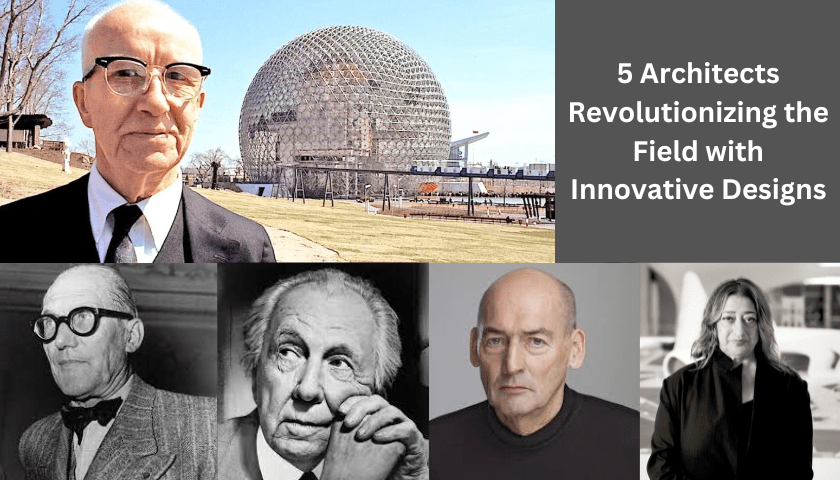
Architects play a crucial role in shaping our world by designing the structures that we live, work, and play in. While many architects adhere to established styles and practises, there exists a group of visionary individuals who are constantly pushing the boundaries of design, creating structures that are not only aesthetically pleasing but also functional, sustainable, and innovative.
These innovative architects are the pioneers of new architectural styles and technologies, and their work has a profound impact on the way we interact with the built environment. In this article, we will explore the essential qualities of innovative architects and highlight five individuals who have revolutionised the field with their innovative designs, making them standout architects on a global scale.
What Makes an Architect Innovative?
Innovation in architecture is not merely about creating unconventional or eye-catching designs. Rather, it encompasses a deeper understanding of the principles of architecture, a commitment to sustainability, and a willingness to experiment with new materials, techniques, and ideas. Innovative architects possess a unique ability to envision possibilities beyond the ordinary, transforming their creative visions into tangible realities.
Key Qualities of Innovative Architects:
- Creative Vision: Innovative architects are not bound by traditional design constraints. They possess a keen eye for aesthetics and a flair for the unconventional, enabling them to conceptualise structures that break free from conventional moulds.
- Strong Design Principles: Innovation in architecture is not just about aesthetics; it is also about functionality and practicality. Innovative architects have a deep understanding of the principles of architecture, ensuring that their designs are structurally sound, user-friendly, and adaptable to various needs.
- Commitment to Sustainability: With growing environmental concerns, sustainability has become an integral aspect of innovative architecture. Innovative architects are at the forefront of developing sustainable designs that minimise environmental impact and promote resource conservation.
- Willingness to Take Risks: Innovation often involves venturing into uncharted territories and embracing the unknown. Innovative architects are not afraid to take risks, experimenting with new materials, techniques, and ideas to push the boundaries of what is possible.
5 Pioneering Innovative Architects
Throughout history, numerous architects have left an indelible mark on the field, shaping our understanding of architecture and inspiring generations to come. Here are a few notable examples of innovative architects who have pushed the boundaries of design:
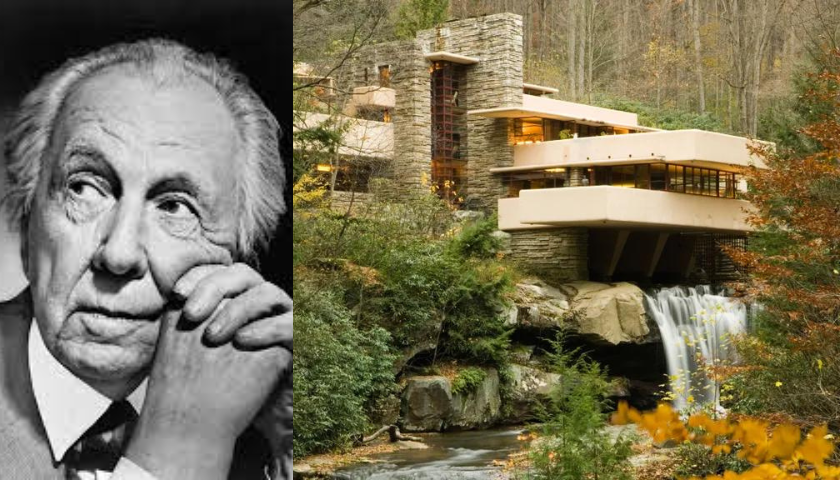
Frank Lloyd Wright (1867-1959)
Frank Lloyd Wright: An American architect who revolutionized modern architecture with his emphasis on open-plan living, integration with nature, and use of natural materials. His iconic designs like the Fallingwater and Guggenheim Museum continue to inspire architects today.
Museum continue to inspire architects today.
Key contributions:
- Pioneered the Prairie School style, characterised by horizontal lines, open interiors, and integration with the landscape.
- Developed the concept of “organic architecture,” which emphasizes harmony between buildings and their natural surroundings.
- Designed numerous iconic buildings, including the Fallingwater, Guggenheim Museum, and Robie House.
Le Corbusier (1887-1965)
A Swiss-French architect who is considered one of the pioneers of modern architecture. He advocated for clean lines, open spaces, and the use of modern materials like concrete and steel. His influential works include the Villa Savoye and the Unité d’Habitation housing complex.
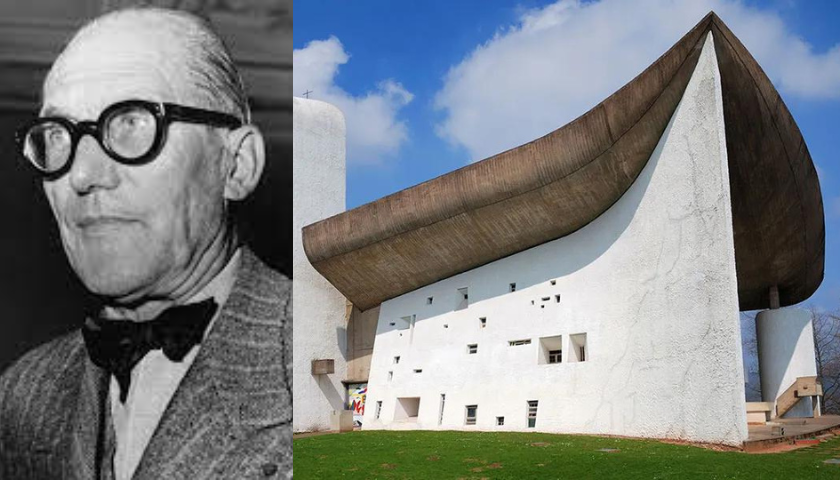
Key contributions:
- Developed the principles of functionalism and modernism, which emphasized the relationship between form and function.
- Pioneered the use of reinforced concrete in architecture, allowing for more open and flexible spaces.
- Designed numerous iconic buildings, including the Villa Savoye, Unité d’Habitation, and the Ronchamp Chapel.
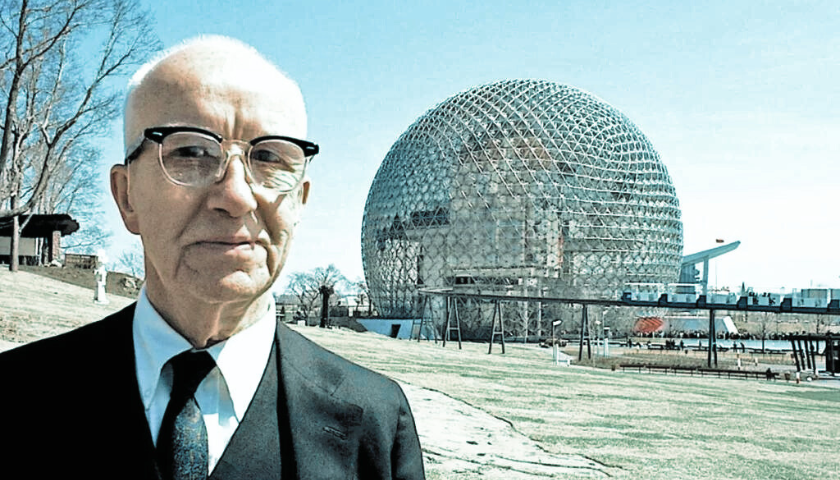
Buckminster Fuller (1895-1983)
An American architect, designer, and engineer who is best known for his geodesic dome design. He was a pioneer in the field of sustainable design and believed in creating structures that were efficient and environmentally friendly.
Key contributions:
- Developed the geodesic dome, a lightweight and structurally sound structure that can be used for a variety of purposes.
- Advocated for the use of renewable energy sources and sustainable design principles.
- Designed numerous geodesic domes, including the Climatron at the St. Louis Zoo and the Biosphere in Montreal.
Rem Koolhaas (born 1944)
A Dutch architect and urban planner who is known for his unconventional and often controversial designs. He is a leading figure in the field of architectural theory and has written extensively about the relationship between architecture and urbanism.
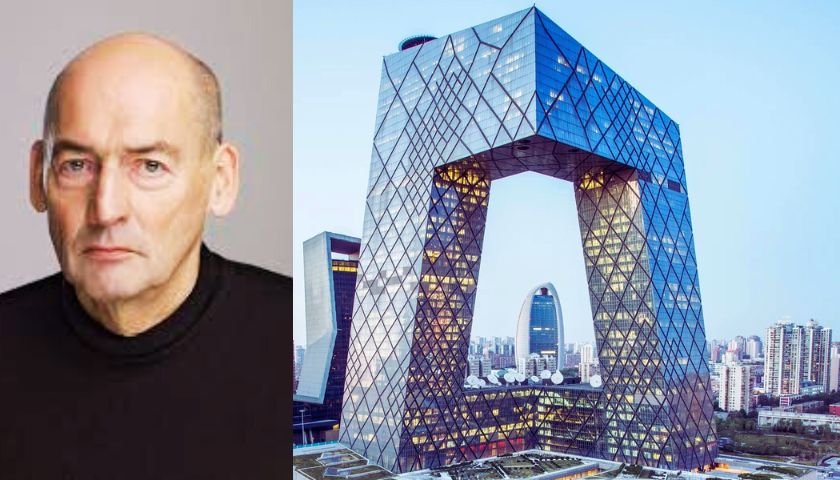
Key contributions:
- Founded the Office for Metropolitan Architecture (OMA), an influential architectural firm known for its innovative and provocative designs.
- Designed numerous iconic buildings, including the Seattle Public Library, CCTV Headquarters in Beijing, and the Casa da Música in Porto.
- A recipient of the Pritzker Architecture Prize and the Praemium Imperiale for Architecture.
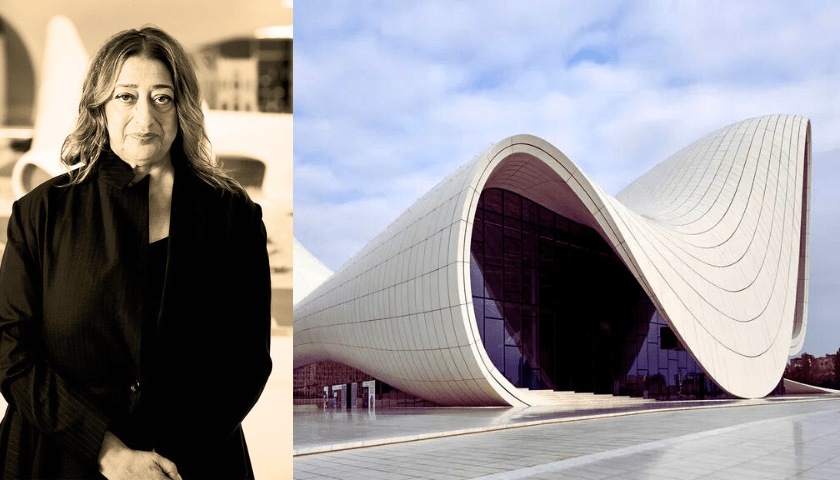
Zaha Hadid (1950-2016)
An Iraqi-British architect who was known for her bold, deconstructivist designs. She broke barriers with her fragmented forms, dynamic lines, and unconventional use of materials. Her notable works include the Heydar Aliyev Center in Baku, Azerbaijan, and the MAXXI Museum in Rome, Italy.
Key contributions:
- Pioneered the deconstructivist style, characterized by fragmented forms, dynamic lines, and the use of unconventional materials.
- Designed numerous groundbreaking buildings, including the Heydar Aliyev Center, MAXXI Museum, and the Broad Contemporary Art Museum.
- The first woman to receive the Pritzker Architecture Prize, the highest honor in the field of architecture.
Impact of Innovative Architects
The work of innovative architects has had a profound and transformative impact on our world. Their groundbreaking designs have shaped our cities, influenced our architectural styles, and challenged our perceptions of what is possible. Their contributions to sustainability have helped reduce the environmental impact of our built environment, and their commitment to social responsibility has promoted inclusive and equitable design practices.
Read More: What is a Smart City?
The Future of Innovative Architecture
The future of buildings is changing big time! Imagine architects doing some really cool stuff, totally shaking up how we see design. With tech getting fancier and people caring more about our planet, architects are trying out new materials, tricks, and ways of designing. They’re not just building places; they’re making experiences, and crafting spaces that fit right into the natural world.
Tech is like the superhero here, helping architects make buildings that can handle different weather and stuff. They’re also figuring out how to deal with more people moving to cities and needing affordable places to live. The future of buildings isn’t just about looking good; it’s about making spaces that bring people together, help the economy, and keep our culture alive. Architects need to team up and share what they know to make sure they create awesome, all-around solutions.
Conclusion
Innovative architects are the visionary minds shaping the future of our built environment. Their creativity, commitment to sustainability, and willingness to take risks are driving the evolution of architecture, creating structures that are not only aesthetically pleasing but also functional, sustainable, and inspiring. As we look towards the future, we can expect innovative architects to continue pushing boundaries, redefining our understanding of architecture, and shaping the world we live in for generations to come.
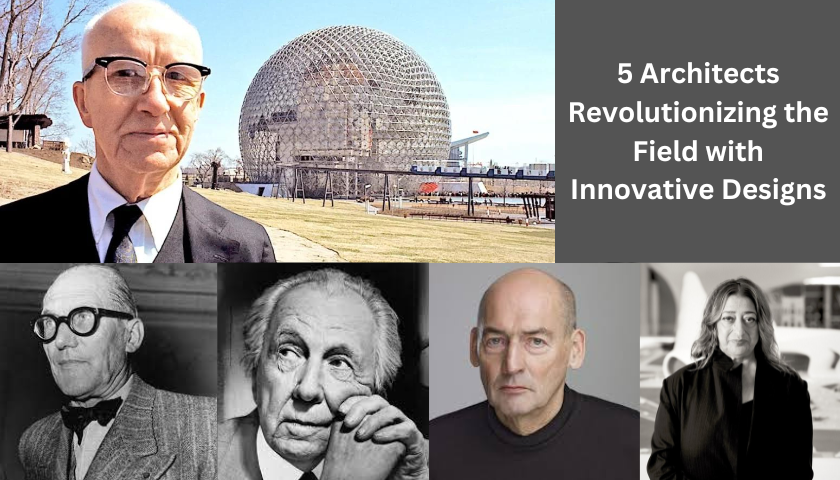
Leave a Reply
You must be logged in to post a comment.